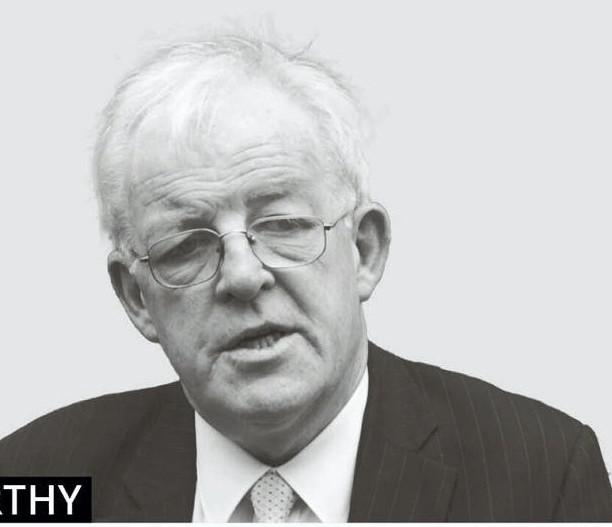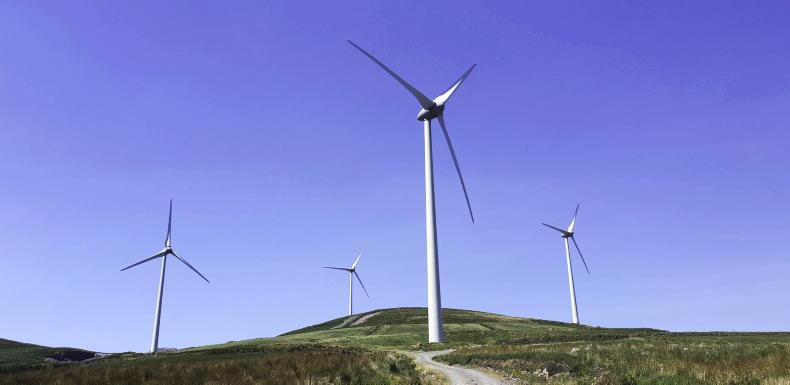A new system of financial support for renewable electricity in NI is likely to be mainly focused on developing large-scale generation, a renewables expert has said.
Steven Agnew, director of lobby group RenewableNI, said the legislative target of having 80% of electricity in NI coming from renewables by 2030 will be the key driver of government policy.
“Larger scale [generators] do deliver the most megawatts at the cheapest price for the consumer,” he said in an interview with the Irish Farmers Journal.
He points to analysis by consultancy firm, KPMG, who found that less than a quarter of all renewable generation in NI comes from small-scale projects, such as installations on local farms.
However, Agnew is clear that new small-scale installations will still have a role going forward, particularly on sites where there is a high electricity demand.
“To meet our climate targets, we need wind and solar, we need on-shore and off-shore, we need large scale and small scale. We need to get as much of this on the system as we can.
“Whilst large-scale utility projects like wind farms and solar farms will do the bulk of the 80% target, giving everybody access to renewable generation is still a positive thing,” he said.
New support
The Department for the Economy has published proposals for a “contracts for difference” style scheme as the main way of encouraging more renewable electricity generation in NI.
The scheme is based around a complex system of auctions, which allows money to move both ways, between renewable generators and electricity suppliers, depending on auction prices at the time.
It is unlikely to be suitable for incentivising new small-scale installations on local farms, however, Agnew thinks there could be scope for other support to be made available eventually.
He points to the Republic of Ireland, where incentives were initially targeted at large-scale renewable projects, but other schemes were later rolled out, including a scheme for household solar installations.
“You do need different support for small scale, but I am not aware of anything in the pipeline [for NI] at the minute,” he said.
Unattractive
A new report by consultants at KPMG for RenewableNI has found that the lack of support since the NI Renewables Obligation scheme closed in 2017 makes the region “unattractive” for investing in renewables.
The report states that 400 megawatts of renewables were brought online in NI during 2016, but only 70 megawatts have been developed over the last four years.
Aside from the lack of financial support, Agnew points to other issues that are holding back renewable electricity generation in NI.
Planning permission rules can make it particularly difficult for large-scale developers.
Agnew gives the example of “setback distance”, which is the minimum distance a new wind turbine must be from the nearest dwelling.
The report states that 400 megawatts of renewables were brought online in NI during 2016, but only 70 megawatts have been developed over the last four years
In NI, the rule is that it must be at least 10 times the length of the turbine’s rotor, but in Scotland it is judged on a case-by-case basis.
“If we keep the 10-time rotor diameter rule, there won’t be enough available sites for us to meet our 80% renewable electricity target,” Agnew maintained.
“Getting new generators connected to the national grid is still a major issue, although it has been less evident in recent years with fewer installations being developed,” he added.
Agnew said it comes down to both grid availability and the timeline for connections.
“We would like to see more anticipatory investment, whereby instead of waiting for a renewable developer to ask for the connection, the grid operator starts the upgrade ahead of time,” he said.










SHARING OPTIONS